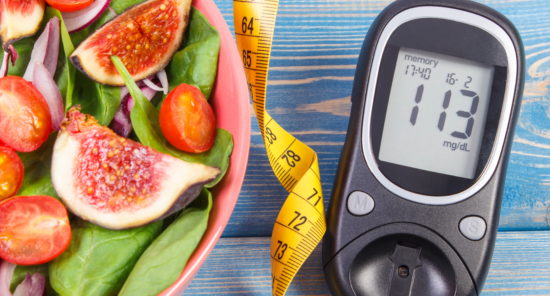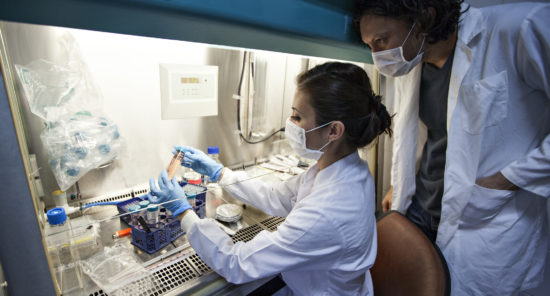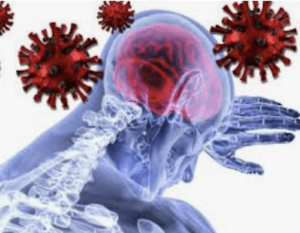In a study published in JAMA Pediatrics, though popular opinion holds that concealment or deception is required to implement a placebo in clinical trials, “recent studies with adults suggest that open-label placebo (OLP) (i.e., honestly prescribed placebos) can yield significant benefits.” The study’s lead author, Samuel Nurko, and colleagues aimed to determine if this effect was also present in children and adolescent patients with functional abdominal paint or irritable bowel syndrome (IBS). In their article, they reported that “during OLP, patients with functional abdominal pain or irritable bowel syndrome reported significantly less pain and took significantly fewer pain medications.”
Nurko and the teams’ clinical trial included 30 patients with functional abdominal pain, and 14 patients with IBS. The participants were recruited from three US centers. After one week of observation, they were randomized to either OLP for three weeks followed by a three-week control period, or a three-week control period followed by OLP for three weeks. The researchers used a standardized OLP explanation with standardized clinician interactions. The placebo itself was 1.5 mL of an inert liquid, taken twice daily, and patients could use hyoscyamine as a rescue medication. The primary measure was the mean daily pain score during each period.
The researchers reported that the mean (standard deviation [SD]) pain scores were significantly lower during the OLP treatment periods compared to the control periods (39.9 [18.9] vs. 45.0 [14.7]; 95% confidence interval [CI], 0.2–10.1; p = 0.03). According to the researchers, “patients took nearly twice as many hyoscyamine pills during the control period compared with during the OLP period” (3.8 [5.1] pills vs. 2.0 [3.0] pills; 95% CI, 0.5–3.1).”
Ultimately, the study’s authors concluded that “open-label placebo may be an effective treatment for children and adolescents with functional abdominal pain or irritable bowel syndrome.”
Source: https://jamanetwork.com/journals/jamapediatrics/article-abstract/2788489








